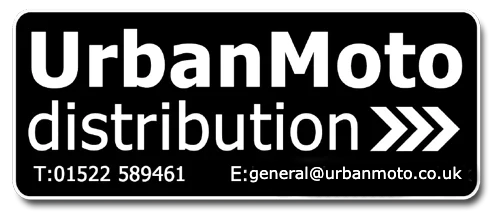Great Feature in MCN motorcycle news .com
Even a beautifully maintained chain that spends its life in a shimmering coating of oil and is frequently adjusted to exact manufacturer tolerances will wear out, and it will take the sprockets with it.
The chain stretches with miles, its rollers fit less snugly inside the sprocket’s teeth and cut into them, eventually turning each tooth into a pointed hook.
You’ll know a chain needs replacing when it requires more frequent lubrication and adjustment, or you notice stuck links, which are known as tight spots. If you feel a lack of smoothness when changing gear, check your chain for wear and tight spots.
You should always replace the sprockets at the same time as the chain. Running a new chain on worn sprockets will cause rapid wear, leaving you needing to replace the chain again in very short order, so it’s a false economy to replace just the chain.
Before you embark on this job, make sure you are familiar with the technique for breaking and re-fitting a chain’s rivet link, and have the tool to do the job.
You will also need sockets big enough to undo the front and rear sprocket nuts, which are often bigger than those in standard socket sets. Also, order a replacement tab washer to add security to the front sprocket nut.
When replacing your chain and sprockets, consider altering your bike’s gearing. Fitting a front sprocket that’s one tooth smaller or larger will give you more or less acceleration respectively, at either the cost or gain of some top-end speed.
Fitting a larger back sprocket will give more acceleration, while a smaller one will reduce it. This is a finer adjustment than the front sprocket, with a difference of three teeth in either direction having the same effect as changing by one tooth at the front sprocket.









Solid guide! One small yet critical part during sprocket changes is the tab washer — often overlooked, but key in locking the sprocket nut and preventing loosening due to vibration.
Leave a comment